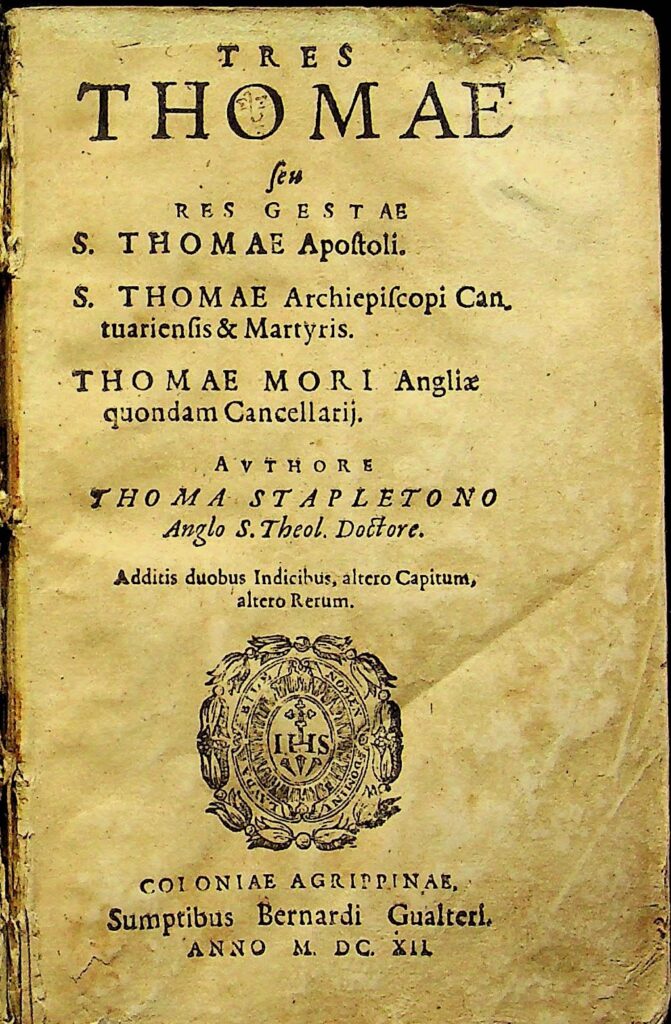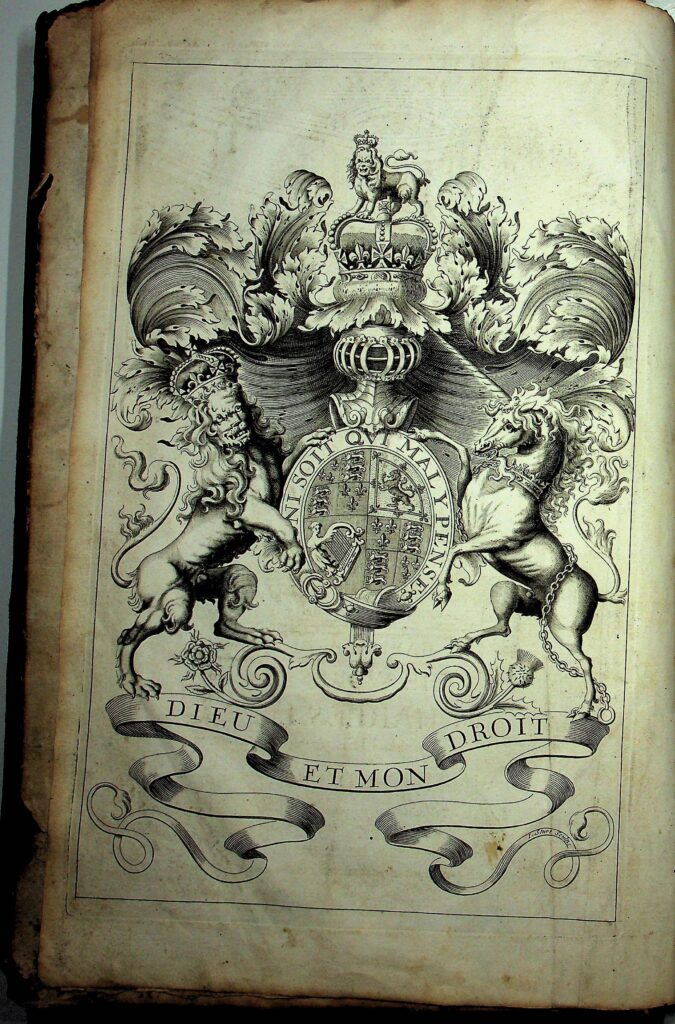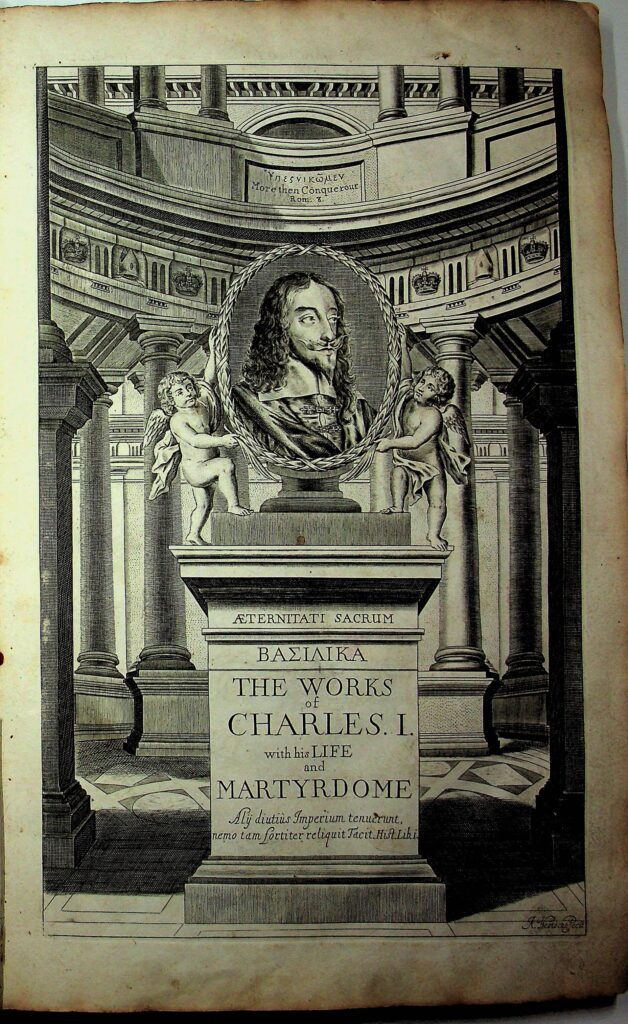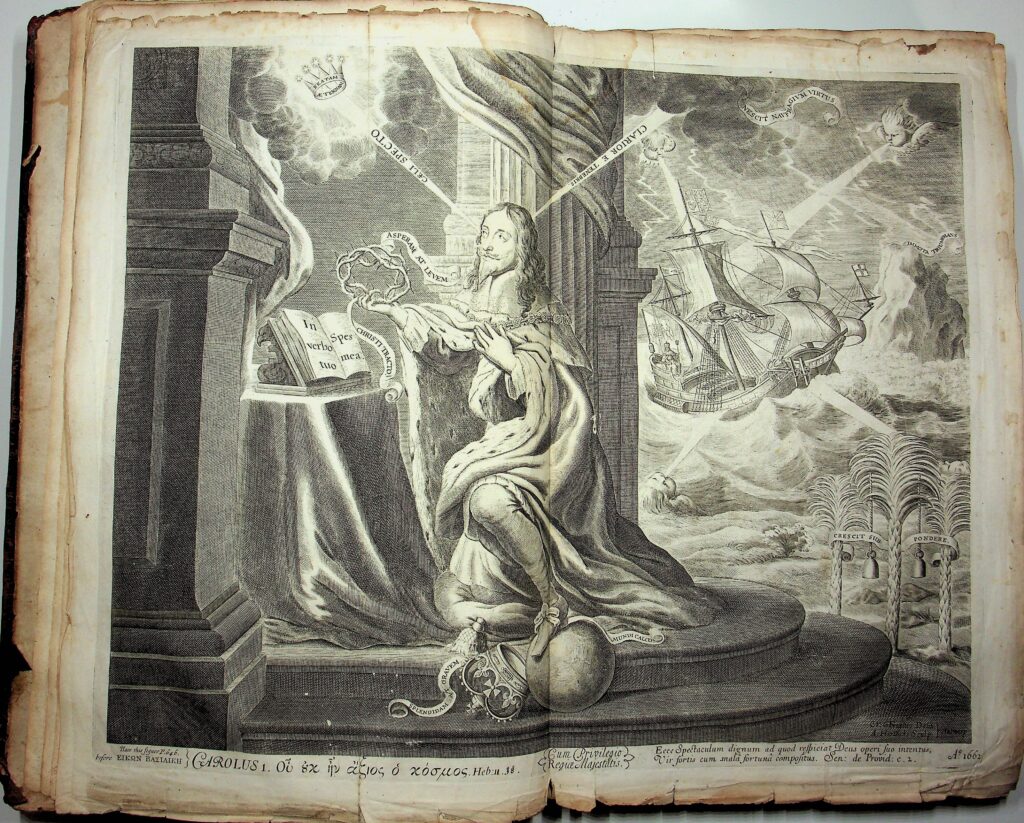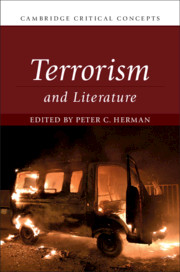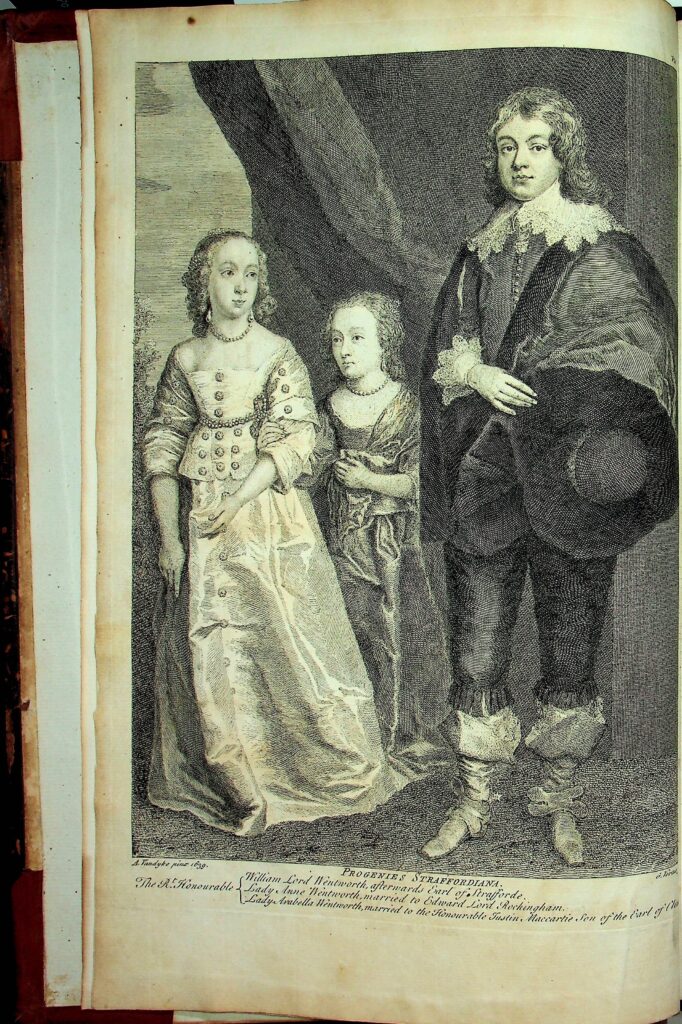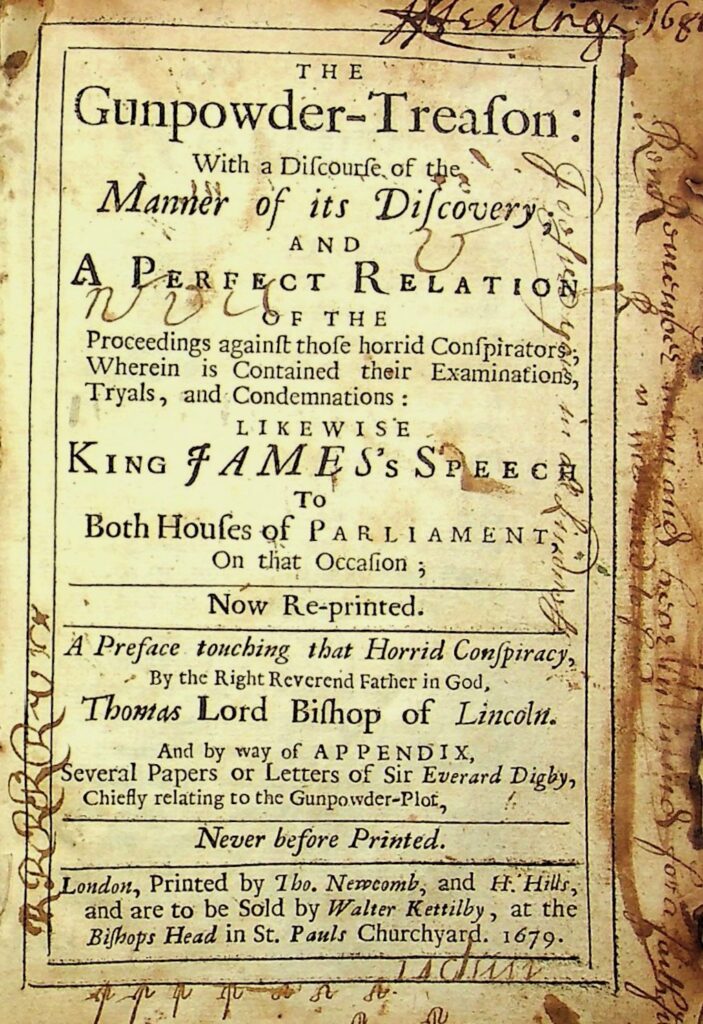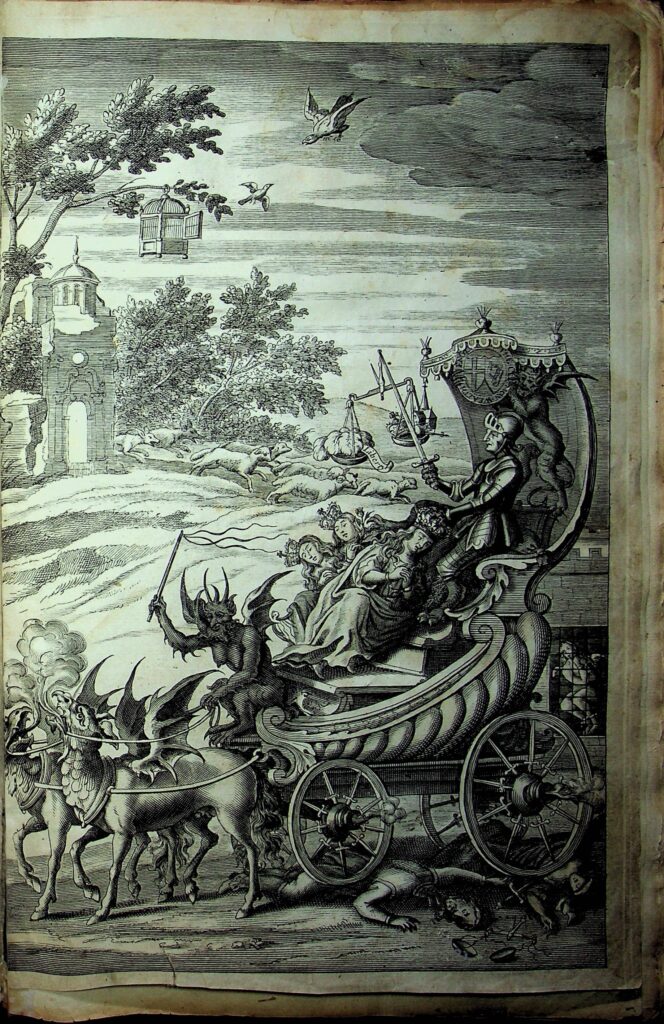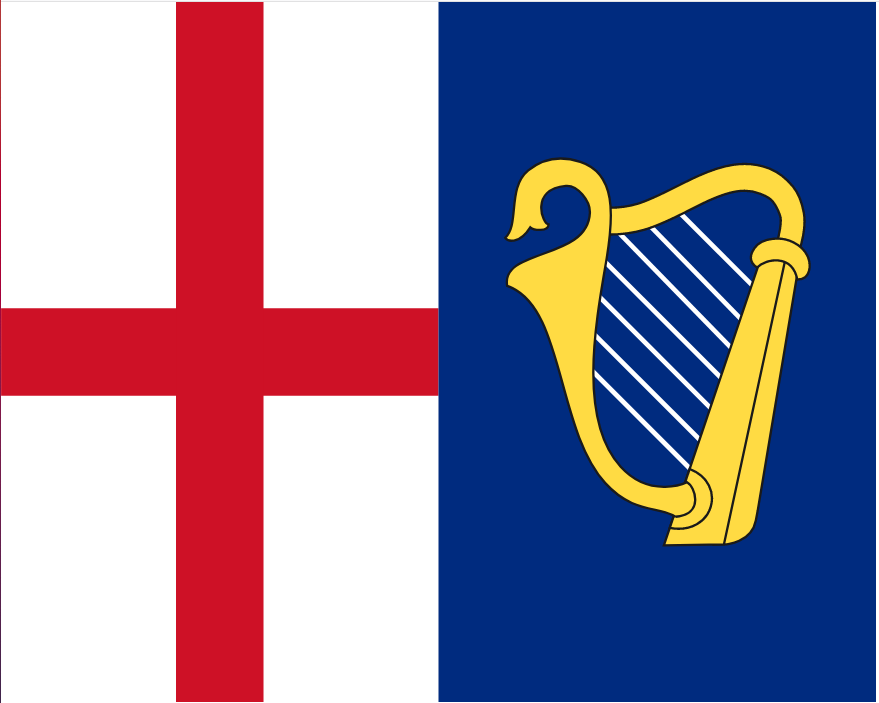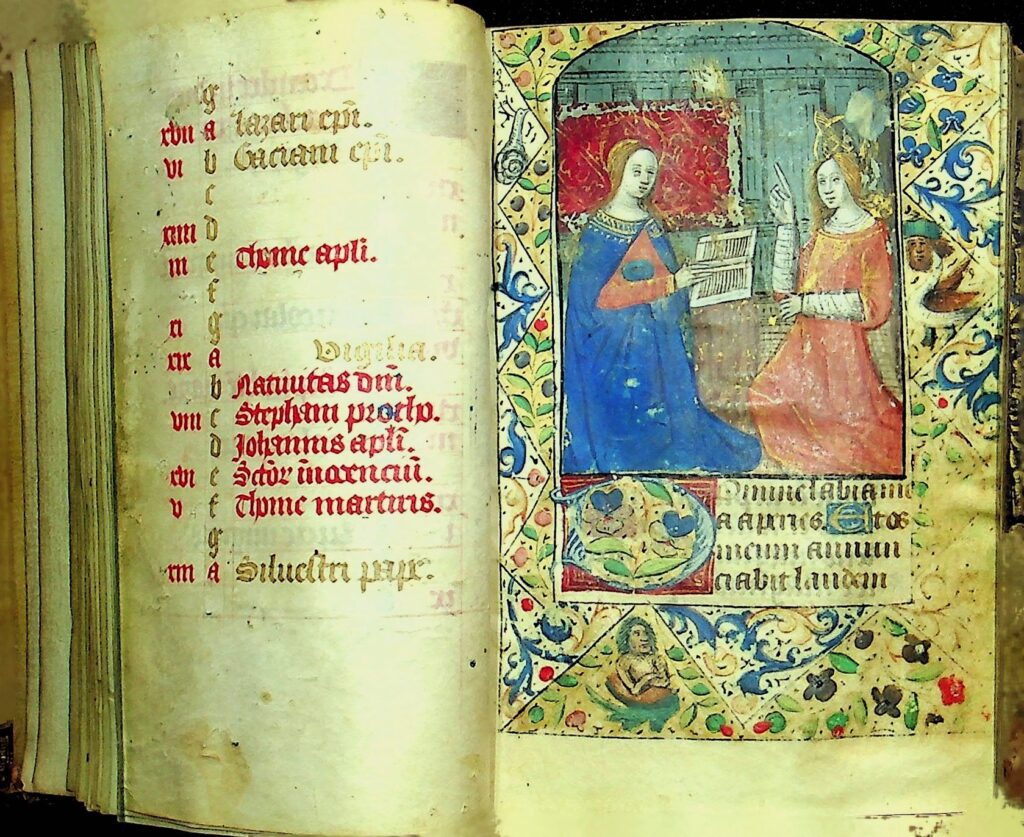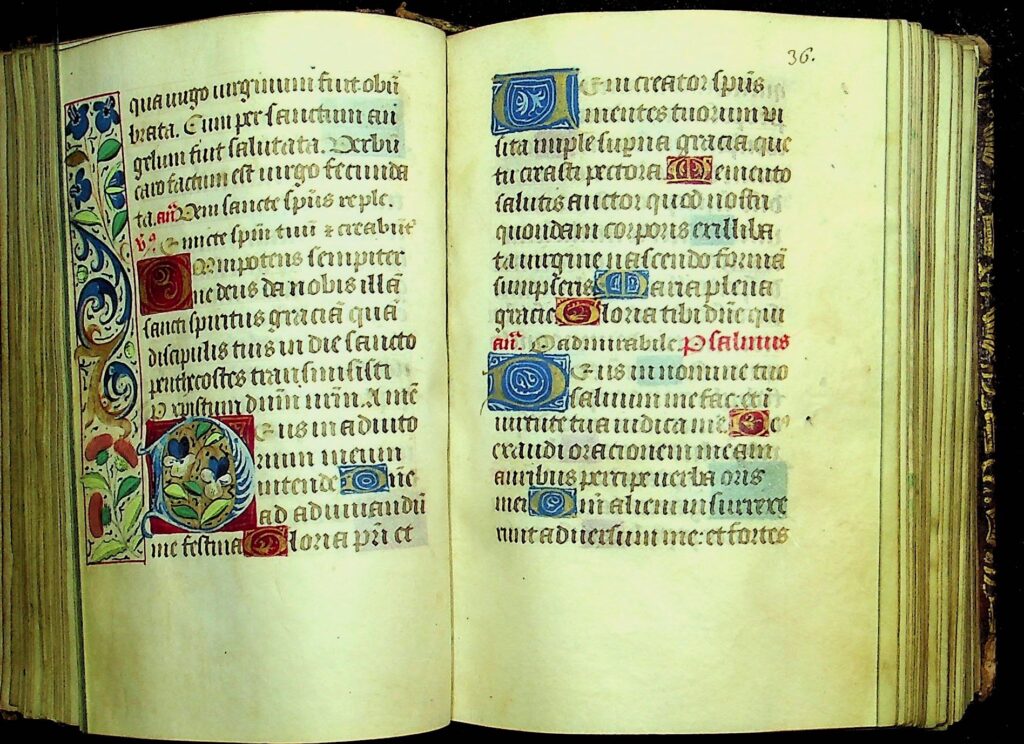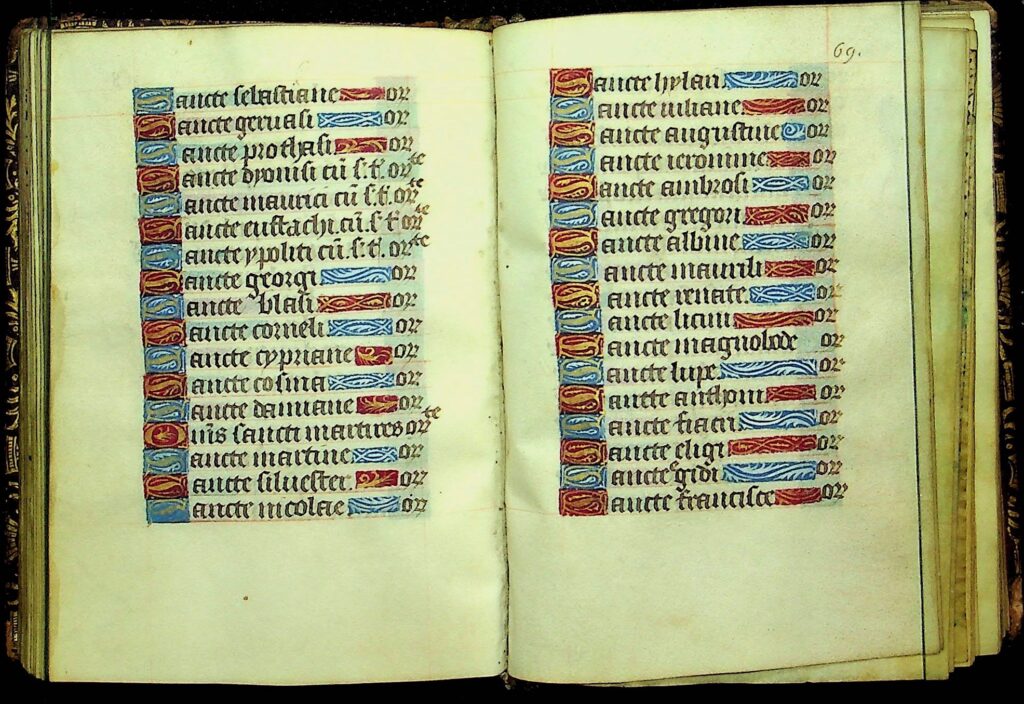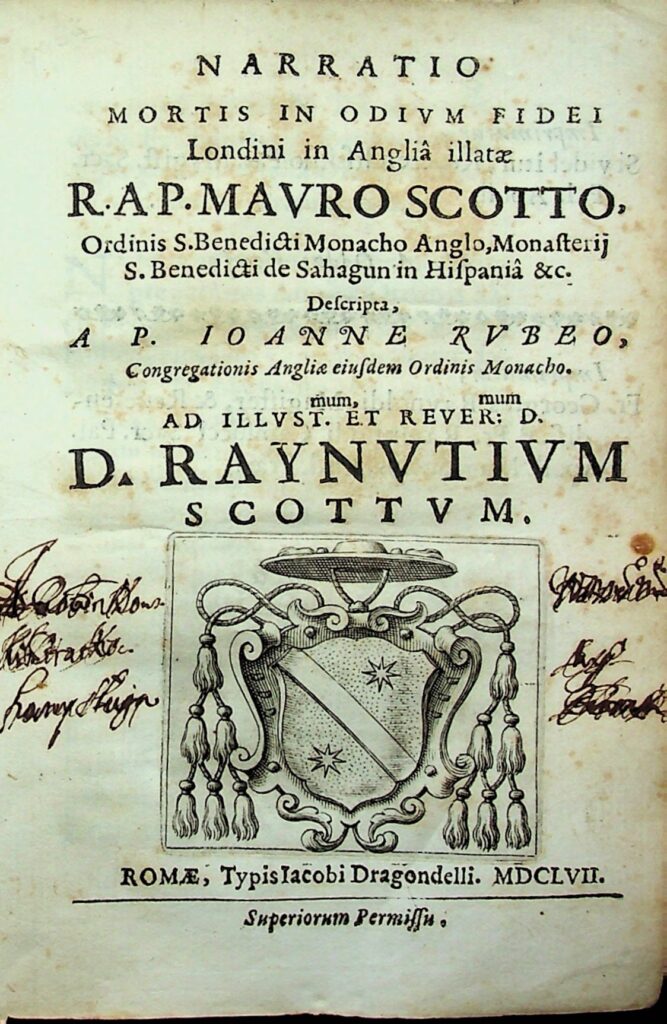It’s a common enough tale, I suppose. Young man goes to Cambridge, studies law, goes to the inner Temple to complete his training, gets converted to Catholicism and ends up being hanged, drawn and quartered at Tyburn.
Maurus Scott was one of some 355 Catholics who were either put to death or died in prison during the early modern period, 40 of whom were subsequently canonized, while a further 242, of whom Scott was one, were beatified.
I don’t have anything in particular to say about him. The little that is known can be gleaned easily enough from Wikipedia or other sources, and I created a short entry for him on the Discourses of Suffering website.
The reason I’m posting is because I’ve just scanned his biography (published in 1657, 45 years after his death) and uploaded it in text-searchable form.
I’d like to say dive over there, everyone, and get the lowdown on Maurus Scott, but Narratio mortis in odium fidei Londini in Anglia illatæ R.A.P. Mauro Scotto is in Latin, which limits its readership somewhat. I made a start on translating it, and I uploaded that too, but I haven’t got very far and (let’s be honest!) I probably won’t have the stamina to work right through it.
The OCR works reasonably well, though – in addition to the problems of early modern spelling conventions – there are occasional misreadings (“o” and “e” sometimes get misread as “c”, for example).
There’s already a copy of this available in Google Books (with many of the same problems when it comes to scanning), but the more online copies the merrier!
